#Occupy#Wallstreet Aerial Mapping
October 11th, 2011 by Shannon Dosemagen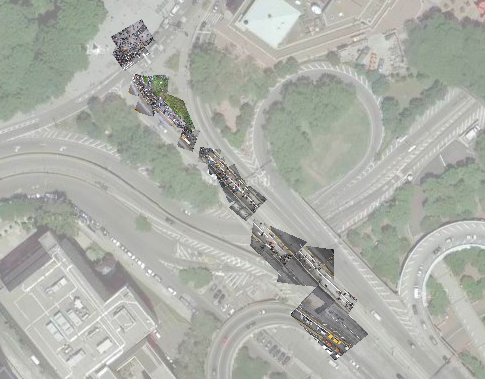
Post written by Oscar Brett
Arriving at Zucotti Park in downtown Manhattan, the site of #Occupy#Wallstreet, you can feel the energy of the crowd. The level of diversity (ideological/ ethnic/ generational) is unbelievable. The Occupation of Wall Street began on September 17th and it is getting stronger each day. I see my involvement in the park as that of a community builder and artist. The maintenance of a community at Zucotti park is an incredibly important thing; no matter how disparate the media claims the thousands of occupiers to be, there is one thing for certain — they are a community made up of individual people, with varying goals and intentions, voicing their dissent for the systemic problems of the world. Political, ethical, legal, societal, economic qualms are all being voiced in this space, but a major issue exists: how do you bring the animal rights expert together with the Marxist economist, the LGBT advocate together with the anarchist; how can so many ideologies gel?
My role has been to try and unite people through communal exercise which takes the form of public (or community) based art– this was exactly the purpose of using community involvement to build, and fly, a weather balloon rig and map an #Occupy#Wallstreet march on October 5th.
This project would have been impossible without the help of Leif Percifield and Liz Barry. On the night of October 4th, I met with them and they supplied me with all the equipment I needed: line (2x 40lb of 250ft and 1 100lb of 250ft), a 4GB sd card, and a supply of tape. The SD card was loaded with a script that enables a Cannon Powershot to shoot continuously without having to hold down the shutter button.
Later that night I took a 2am train to the Lower East Side to purchase a Cannon Powershot A495 (a lightweight point and shoot which is great for flying) that Leif located on Craigslist. By 4am the camera casing was built and the camera was ready for shooting the next morning. The actual construction of the rig would occur at Zucotti park the following morning.
Upon arrival at the park the next day I linked up with the #Occupy#Wallstreet media working group and began preparation for the flight. The media working group funded the balloons and helium; 100 12inch rainbow party balloons were purchased (pre filled) from Balloon Saloon on West Broadway and Duane, costing $125. The balloons arrived at the park at around 2pm, one hour prior to the march. I preemptively cut 10 lines of 10ft cotton chord to be used in the rigs construction. I attempted to get as many people involved in as many elements of the construction as possible; I hollered at people in the park to hold this, cut that, or wind these. People were very excited to take part in any form of constructive action.
The construction of the actual weather balloon rig engaged between 50 and 75 occupiers. The police have vetoed our right to use forms of voice amplification, which has spurred an ingenious and highly democratic approach to addressing a crowd. A metaphysical device called the “peoples’ mic” was created. The addressor yells “Mic check!” and everyone who can hear her/him responds by echoing “mic check”, the addressor then speaks in short sentences and allows for the chorus of people closest to them to echo what they are saying. It is in this way that the message is passed through a large crowd [each message often has upwards of 3 echos from the first people who hear it to those on the periphery of the crowd]. I utilized the “peoples mic” to address those who were constructing the rig.
I addressed the crowd and asked 10 people to pick up the ends of the ten strings; an additional person then secured each of the ten strings to a key ring. This produced a circular decapus (think octopus) structure of cotton line about twenty feet in diameter. I then held a small lesson on tying very basic slip knots and instructed folks to tie ten slip knots on each line (aprox. 1 foot apart from each other). This task of tying 100 slip knots only took about 10 minutes because there were at least 25 to 30 additional participants tying them. Even more people cued up in front of the two massive bags of inflated balloons to pick up one balloon at a time, insert the balloon ties into the prefabricated slip knots, and tighten them. I was amazed at the fact that not one balloon popped or flew away during this operation. The free ends of ten balloon strings were then secured to an additional key ring and let go to rise into the air. This produced in theory a balloon globe; however, in practice it resembled more of a bundle. People were very excited to be taking part in such a communal event. There was constant giddy dialogue between the participants, exchanges of numbers and contact information, and a general good vibe.
The Balloon bundle was attached to a fishing clip, via its bottom key ring and the two 40lb lines and the 100lb line was attached to the clip. The decision to use three lines to control the rig was made for two reasons. First we felt it would be easier to control the rig in the narrow space between skyscrapers with three points (a triangle) on the ground; and second, we were not sure how police would respond so we wanted to ensure the return of the images even if one of us was handcuffed/ tackled by the police [the plan was for the remaining two pilots to pull the rig in immediately and secure the SD card if the third one was immobilized by police].
The process of mapping began at the north east corner of Zuccotti park just as the march began; It had been previously disclosed to me that the march would attempt to cross the Brooklyn bridge so the 15 block walk from Zuccotti seemed not to daunting a distance. Myself and two other members of the protest controlled the reels, there were probably five other marchers who constantly stayed with us either documenting, aiding in communication between us three controlling the rig, or reeling in excess line at moments when time was of the essence.
We made it about two blocks up Broadway successfully, before our first snag occurred. Upon hitting a cross street a gust of wind blew one of the lines into the crux of a lamp pole. Our solution was to fly the balloon close enough to the lamp pole (using the other two balloons) to slacken the stuck string. This same problem occurred at least three more times, and one of the times we had to cut and reattach one of the three lines.
Our plan was to start at the front of the procession and walk slowly so as to allow for the entire procession to pass us by the end of the march. By starting at the front and ending at the back we believed we would produce both a map of the physical route taken by the processors as well as allow for the full documentation of all marching bodies in space. In practice this was made difficult by multiple factors; the corralling of people by the police inhibited us from moving freely between both sidewalks and the street, the unpredictable nature of the crowd speed, as well as issues of tangling lines. We took the balloon down and put it up pretty frequently, at one point there were low hanging trees at another there was scaffolding; needless to say we didn’t photography the walk in its entirety. Among the best imagery we gathered was the walk from Printing House Square to half way down the Brooklyn bridge as well as the police barricade on the Brooklyn side of the bridge. We also gathered some pretty good shots on the walk up Broadway from Zuccotti park.
This map was made using Mapknitter, an open source program that allows for direct manipulation of photographed images over a satellite backdrop, I used a google map backdrop. View the map here: http://mapknitter.org/maps/2011-10-01-newyork-occupywallstreet
Special thanks to Zach, Tim, Blaine, Yaeir, Anjali, Louis.
–Oscar Brett

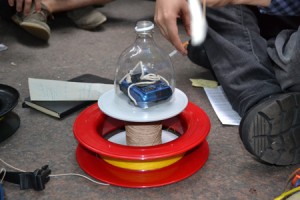
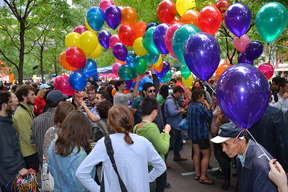

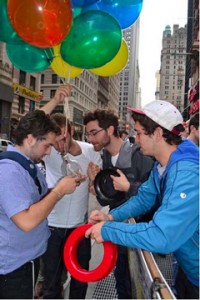
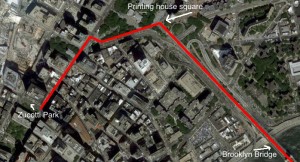
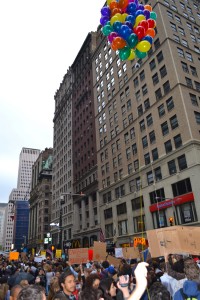


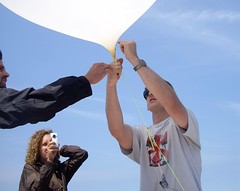
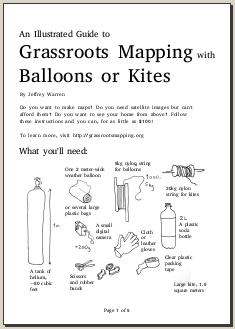
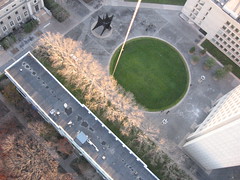

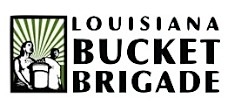





October 20th, 2011 at 2:36 pm
[…] of public protests in Santiago, Chile (in partnership with the Fundacion Ciudadano Inteligente and #OccupyWallStreet. All of their work is open source, and on their website you’ll find step-by-step instructions on […]
November 28th, 2011 at 7:56 am
[…] public protests in Santiago, Chile (in partnership with the Fundacion Ciudadano Inteligente) and at #OccupyWallStreet. All of their work is open source, and on their website you’ll find step-by-step instructions on […]
December 28th, 2012 at 5:12 pm
[…] adapting an online balloon mapping kit, a few folks recently organized a collaborative aerial mapping of downtown occupy wall street. Reflecting a more distributed form of organizing, on youtube this guy is asking folks to keep […]